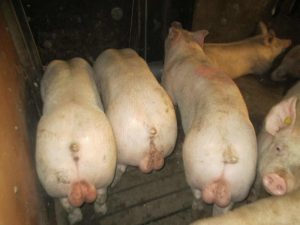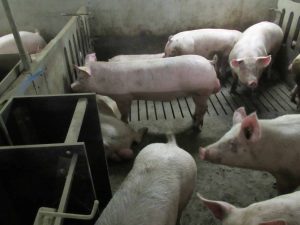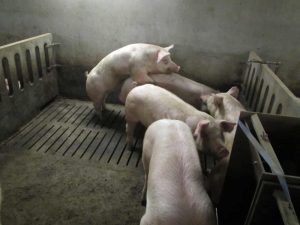In the context of animal welfare, surgical castration is coming under increasing pressure. As a result, research into alternatives is necessary. This brings us to the fattening of immunocastrates or intact boars. This study investigated to what extent housing affects the technical performance and behaviour of intact boars. In addition, on
field farms conducted research on animal behaviour to study the specific concerns in practice.



Intact boars can be housed separately from gilts. This gives the opportunity to specifically target feed to a particular sex. If the choice is made to house the animals on
fattening the same feed, separating the sexes can still have an impact on animal behaviour and performance. After all, the animals possess a certain hormonal activity. However, according to the study, this hormonal activity does not appear to play a role in the technical performance of boars. Gilts, on the other hand, do experience a disadvantage of fattening together. Due to their slower growth, they will lag behind the boars. This means that at the end of the fattening period they will have difficulties competing with the bigger boars. Separate fattening therefore always provides an advantage for the growth performance of gilts.
In terms of behaviour, there are also important areas of concern. Bears, as expected, are more active and less calm than barbs. This translates into generally increased restlessness in the barn, regardless of whether the animals are housed separately or not. Greater differences occur in gilts. Separate fattening of gilts in different compartments causes gilts to be calmer. The presence of bears results in gilts becoming more curious and active.
On the practical farms, boar fattening did not produce any particular results. The pig farmers indicate that working with intact boars is certainly possible. The boars are more active and less calm, in line with the results on the trial farm. Overall, the farmer's experiences are very diverse. From this we can conclude that it is especially important for pig farmers to learn how to handle these new animals. Fattening intact boars is therefore certainly possible, but experience is required.
Compared to barrows, fattening intact boars certainly has advantages in terms of technical and economic results. However, it remains extremely difficult to market these carcasses. In principle, pig farmers can easily switch to fattening intact boars but this requires some solutions. First of all, the odour problems associated with finishing intact boars will have to be resolved. In addition, the meat quality of intact boars is lower than that of barrows and gilts. This does not improve the processing properties and makes boar carcasses less interesting.
Overall, we can conclude that after some time, pig farmers should certainly be able to make a success of fattening intact boars. However, questions remain about the marketability of the carcasses. This will have to be resolved before fattening intact boars can effectively penetrate into practice.







